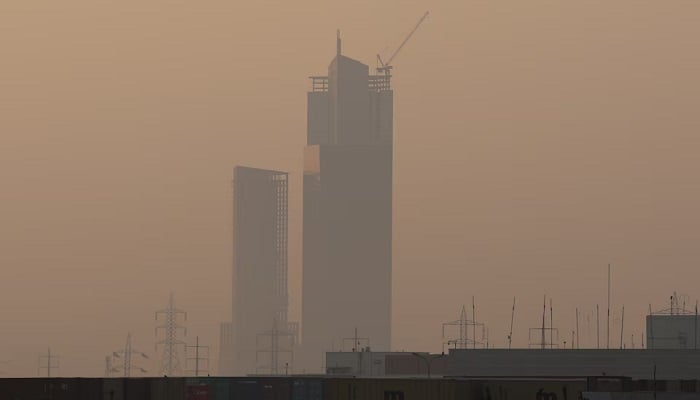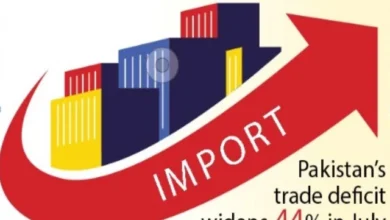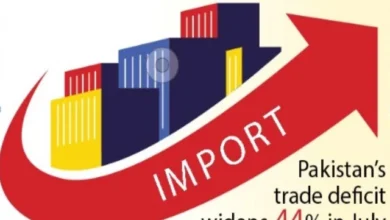Smog-challenged Punjab gets $300m boost from World Bank to clear the air

The World Bank has approved a $300 million loan under its International Development Association (IDA) to support Punjab’s efforts in tackling air pollution, the global lender said in a statement on Saturday.
The funds will go into the Punjab Clean Air Program (PCAP), which improves air quality management and implements measures under the provincial government’s Smog Mitigation Action Plan (SMAP).
According to a statement released by the World Bank, the programme will focus on reducing pollution in key sectors, including transport, agriculture, industry, energy, and municipal services, with a broader goal of improving air quality and public health across the province.
The province, Pakistan’s most populous, grapples every winter with smog, but air pollution has worsened in recent years as a result of cold air trapping dust, low-grade diesel fumes and smoke from illegal stubble burning on fields. Lahore topped Swiss group IQAir readings as the world’s most polluted city during the winter months.
WB Country Director for Pakistan Najy Benhassine said: “The Punjab Clean Air Program supports the province’s Smog Mitigation Action Plan and is a landmark initiative to significantly improve air quality and enhance the health and well-being of millions of residents.”
He said, “Cleaner air will reduce the incidence of respiratory and cardiovascular diseases and contribute to a healthier, more livable environment”.
Benhassine added that PCAP aligns with the new WB Country Partnership Framework (CPF) and aims to reduce PM2.5 levels by 35% over the next decade, significantly decreasing the incidence of respiratory illnesses and other pollution-related health issues for the 13 million residents of Lahore division.
The program focuses on the continuation of strengthening air quality management (AQM) infrastructure, enhancing regulatory and institutional capacity, targeted sectoral abatement measures and promoting public awareness, he added.
Giving details, the WB official said that key interventions include the investment of 5000 super seeders to reduce the main issue of the excessive seasonal fog -crop residue burning, the introduction of 600 electric buses to foster a modal shift to public transport, the expansion of regulatory-grade air quality monitoring stations across Punjab, and the enhancement of fuel quality testing through the establishment of two new fuel testing laboratories.
Recognising the importance of public participation in achieving cleaner air, he said the program promotes behavioral change and active citizen engagement, utilising air quality monitoring data and emissions inventories to educate stakeholders about air pollution sources, health impacts, and reduction measures.
He further said that special attention would be given to vulnerable populations through targeted messaging and advisories, including schools and hospitals.
The PCAP’s climate co-benefit of reducing PM 2.5 includes a reduction in greenhouse gas emissions (GHGs), he added.
The estimated reduction in GHGs for the program is 35.6 million metric tons of carbon dioxide over the next 12 years, significantly benefiting the environment and contributing to climate change mitigation.
The program will also develop an integrated pollutant and GHG emissions inventory system to provide a comprehensive approach to tracking and managing emissions data, Benhassine added.
Task Team Leader for the Project Shyam Srinivasan said: “The Punjab Clean Air Program will significantly benefit farmers by improving access to advanced technologies for better crop management, create job opportunities in the e-bus and depot sectors, and support vehicle owners in renewing aging vehicles.”
“Additionally, it will enhance the skills and knowledge of government officials through training and capacity building, ultimately contributing to a healthier and more sustainable environment,” he added.
Source link



